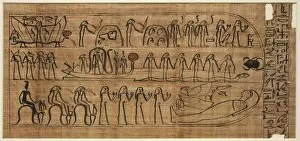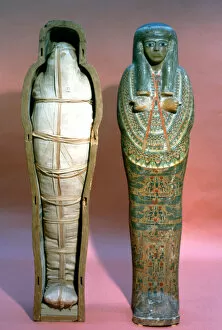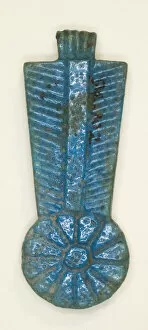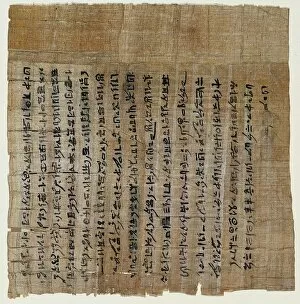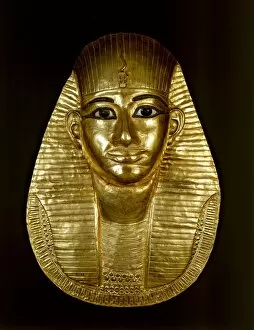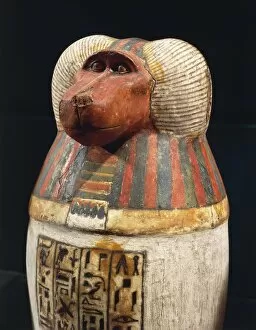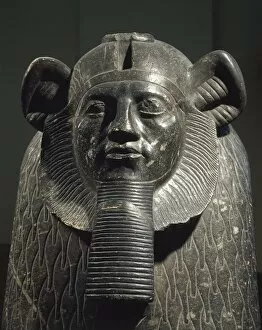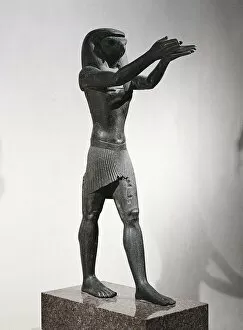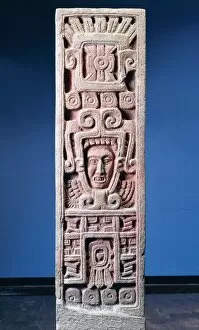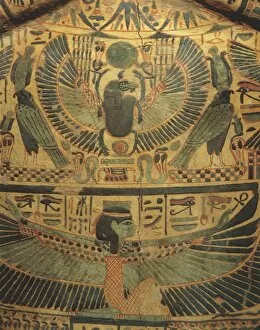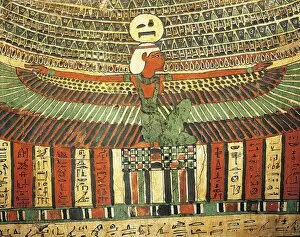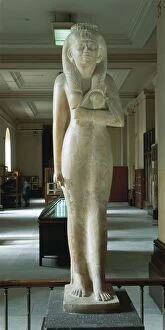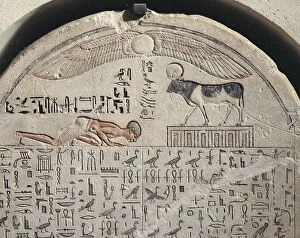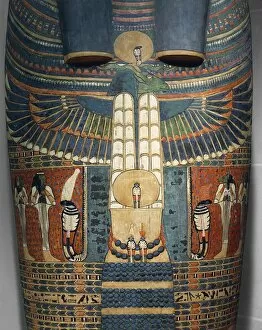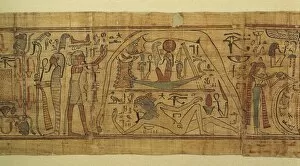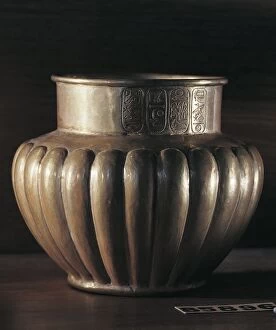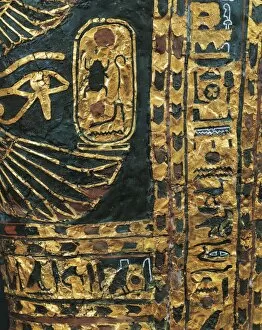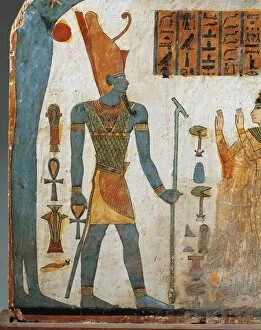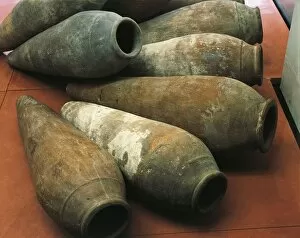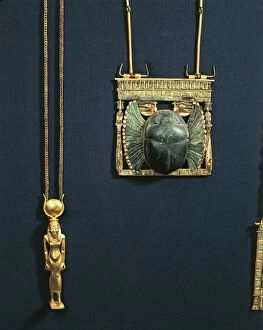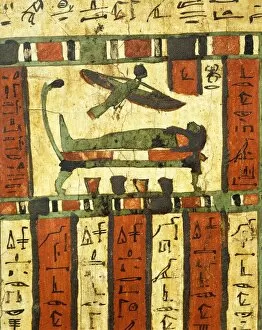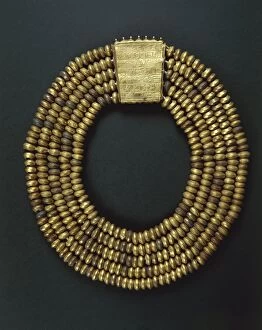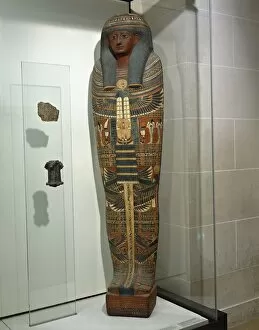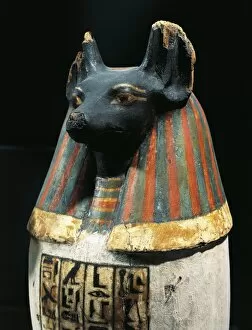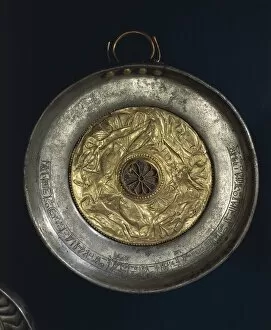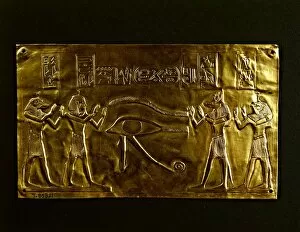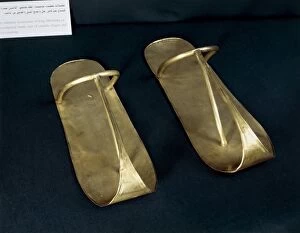Third Intermediate Period Collection (page 3)
The Third Intermediate Period of Ancient Egypt was a time of cultural and political transition, marked by the rise and fall of various dynasties
For sale as Licensed Images
Choose your image, Select your licence and Download the media
The Third Intermediate Period of Ancient Egypt was a time of cultural and political transition, marked by the rise and fall of various dynasties. This period is beautifully represented by artifacts such as the Gold funerary mask of Pharaoh Amenemope from Tanis, which showcases the opulence and craftsmanship of this era. Another fascinating piece is the Painting depicting Meidum geese, a testament to the artistic skills that flourished during this time. The intricate details and vibrant colors bring these birds to life, providing insight into the natural world that fascinated ancient Egyptians. The Coffin of Nesi-pa-her-hat offers a glimpse into burial practices during this period. Its elaborate design and hieroglyphic inscriptions reveal beliefs about the afterlife and the importance placed on preserving one's identity in death. Amongst other objects found from this era are containers like Amphoriskos (Container for Oil) and Amphora (Storage Jar). These vessels highlight trade networks that connected Egypt with neighboring regions, showcasing their advanced knowledge in pottery-making techniques. Shabtis were also popular during this time; Overseer Shabti of Isetemkheb, Shabti of Henuttawy, and Shabti Overseer Tchenetipet all reflect beliefs in an afterlife where servants would continue to work for their masters. These figurines provide valuable insights into social structures and religious practices during this period. Glass Refuse discovered from this era demonstrates advancements in glassmaking technology. The fragments offer glimpses into everyday life through discarded items like bottles or ornaments. Amulets played an important role in Egyptian culture throughout history; Amulet of God Seth represents protection against evil forces while Amulet of God Bes symbolizes fertility and good luck. These amulets were worn or carried by individuals seeking divine favor or warding off negative energies. Lastly, we have a Ring dating back to New Kingdom-Third Intermediate Period, showcasing the enduring popularity of jewelry and personal adornment.





